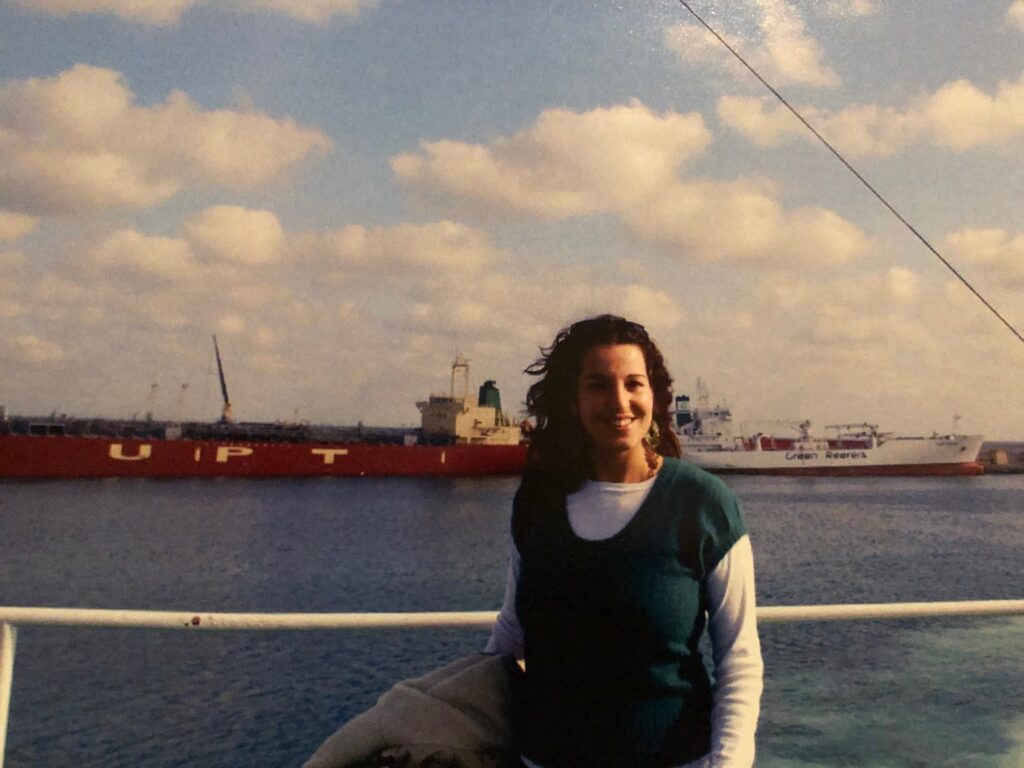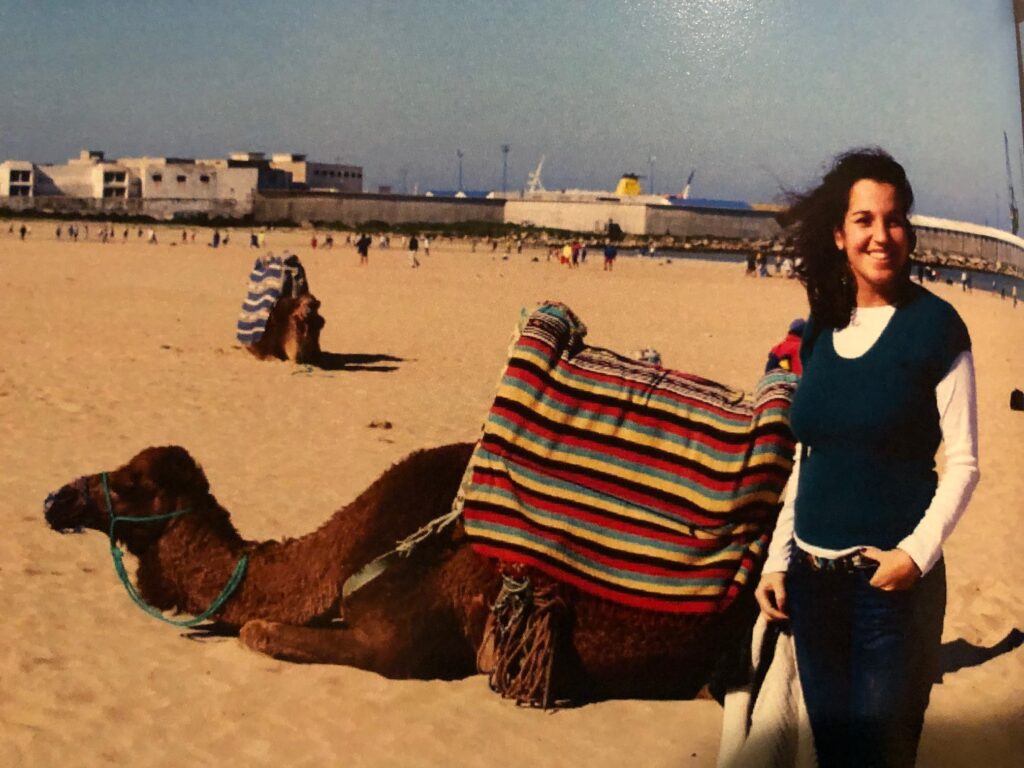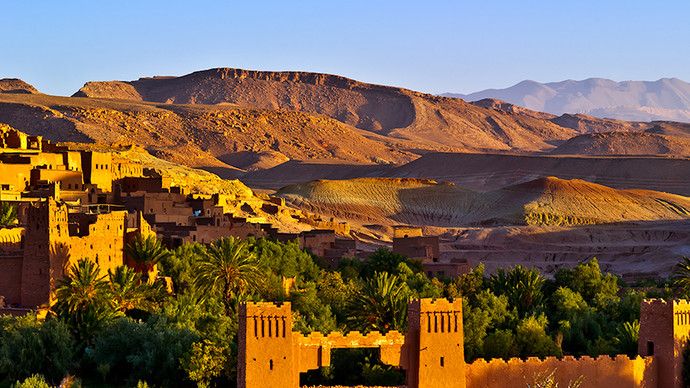
Little and lasting is better than much and passing.
Over truth there is light.
He who has nothing to die for has nothing to live for.
To visit Morocco is still like turning the pages of some illuminated Persian manuscript all emboided with bright shapes and subtle lines. Edith Wharton
Morocco المغرب ‘place the sun sets officially the Kingdom of Morocco is a country located in the Maghreb region of North Africa. It overlooks the Mediterranean Sea to the north and the Atlantic Ocean to the west, and has land borders with Algeria to the east and the disputed territory of Western Sahara to the south. Morocco also claims the exclaves of Ceuta, Melilla and Peñón de Vélez de la Gomera (all of which are under Spanish jurisdiction) and several small Spanish-controlled islands off its coast. The capital is Rabat and the largest city is Casablanca. Morocco spans an area of 710,850 km2 (274,460 sq mi) and has a population of over 37 million. Since the foundation of the first Moroccan state by Idris I in 788 AD, the country has been ruled by a series of independent dynasties, reaching its zenith in the 11th and 12th centuries under the Almoravid and Almohad dynasties, when it encompassed parts of Iberia as well as part of northwestern Africa. Beginning in the 15th century, the Portuguese Empire extended to include parts of Morocco: Portugal conquered territory along the Moroccan coast and founded settlements some of which endured into the 18th century. Nevertheless, the Moroccan dynasties of Marinid (which ruled from the 13th into the 15th century) and Saadi (which ruled from the 15th into the 17th century) otherwise resisted foreign domination: Morocco was the only country in northwest African to escape occupation by the Ottoman Empire. The Alaouite dynasty, which rules Morocco to this day, seized power in 1631. The country’s strategic location near the mouth of the Mediterranean eventually attracted the interest of European powers: In 1912, Morocco was divided into French and Spanish protectorates, with an international zone in Tangier. It regained its independence and reunified in 1956, and has been relatively stable and prosperous (by regional standards) since then: Today, it has the fifth largest economy in all of Africa. Morocco’s predominant religion is Islam, and its official languages are Arabic and Berber. The Berber language achieved official recognition in 2011. (Berber had been the native language of Morocco before the Muslim conquest in the seventh century C.E.) The Moroccan dialect of Arabic, referred to as Darija, and French are also widely spoken. Moroccan culture blends aspects of Berber, Arab, Sephardic Jewish, West African, and European culture, having been influenced at various times by all of them.
Agadir
Agadir أݣادير is a major city in Morocco, on the shore of the Atlantic Ocean near the foot of the Atlas Mountains, just north of the point where the Souss River flows into the ocean, and 509 kilometres (316 mi) south of Casablanca. Agadir is the capital of the Agadir Ida-U-Tanan Prefecture and of the Souss-Massa economic region. The majority of its inhabitants speak Berber, one of Morocco’s two official languages. It was the site of the 1911 Agadir Crisis that exposed tensions between France and Germany, foreshadowing World War I. The city was destroyed by an earthquake in 1960; it has been completely rebuilt with mandatory seismic standards. It is now the largest seaside resort in Morocco, where foreign tourists and many residents are attracted by an unusually mild year-round climate. Since 2010 it has been well served by low-cost flights and a motorway from Tangier.
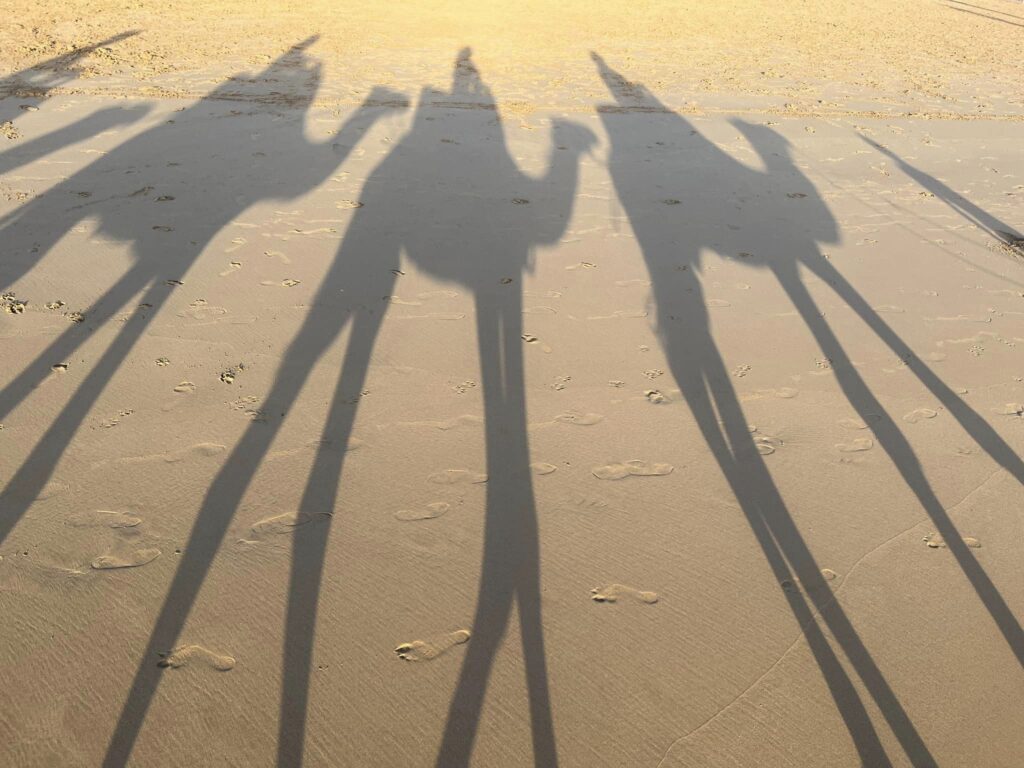

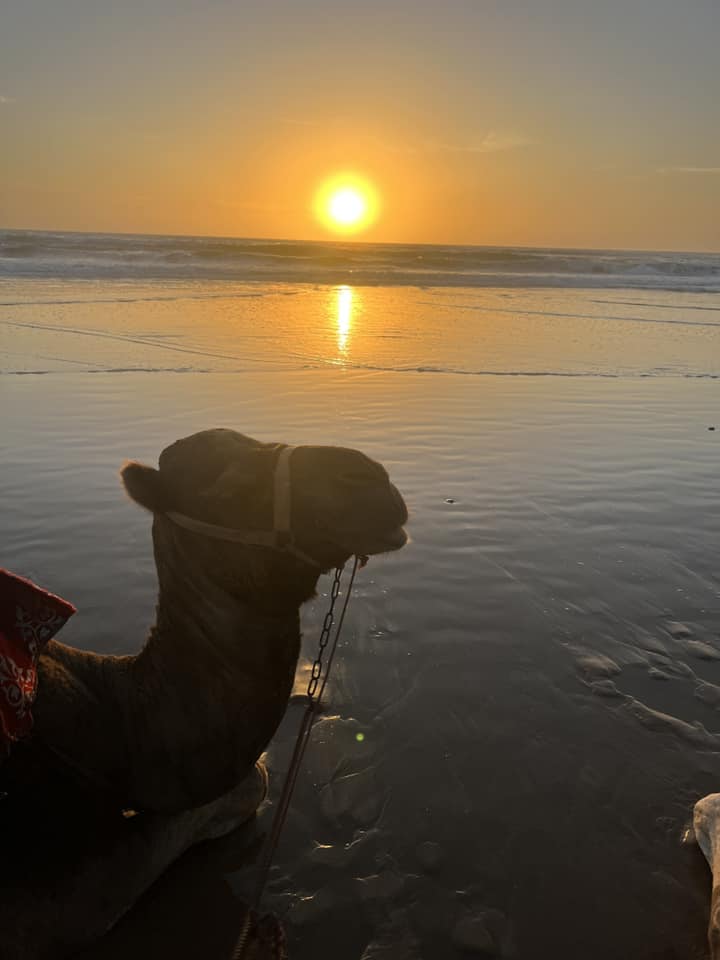
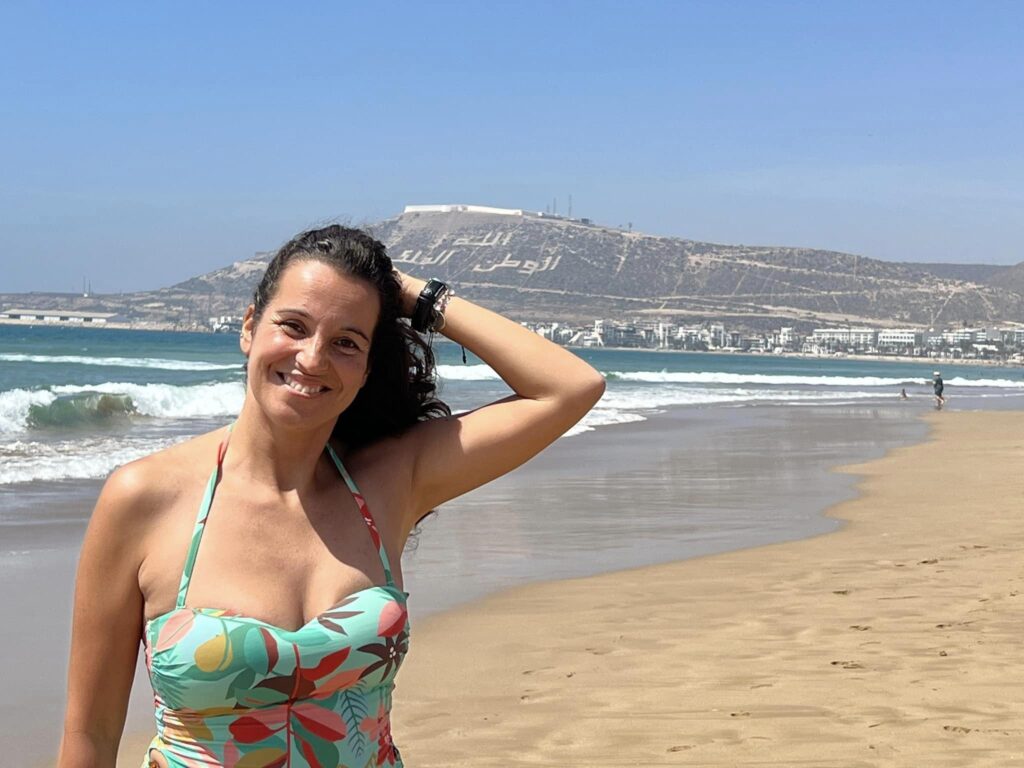

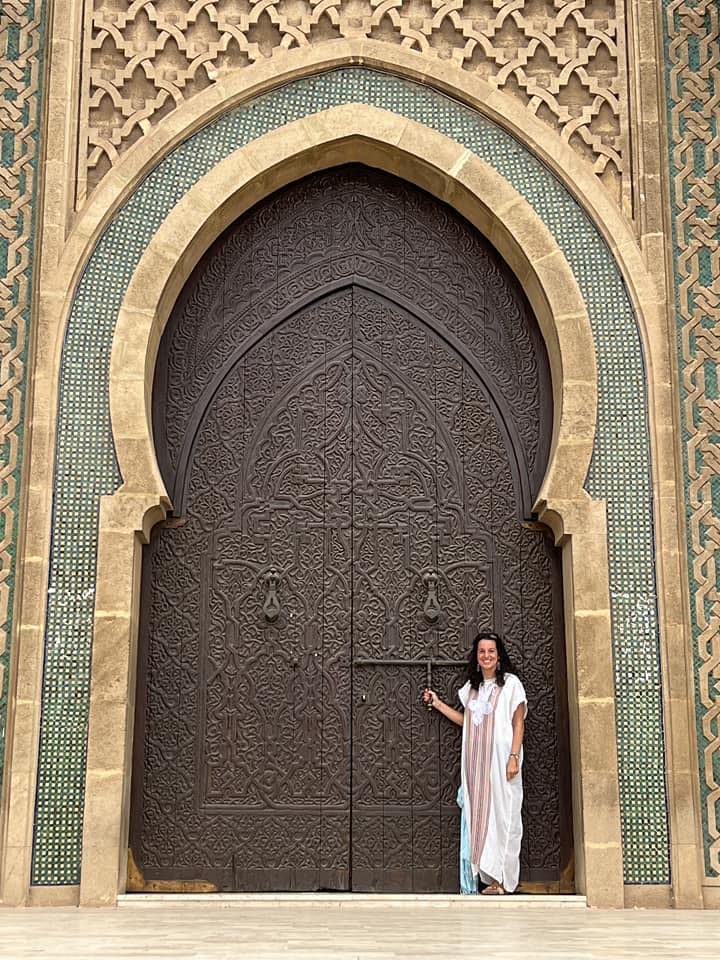
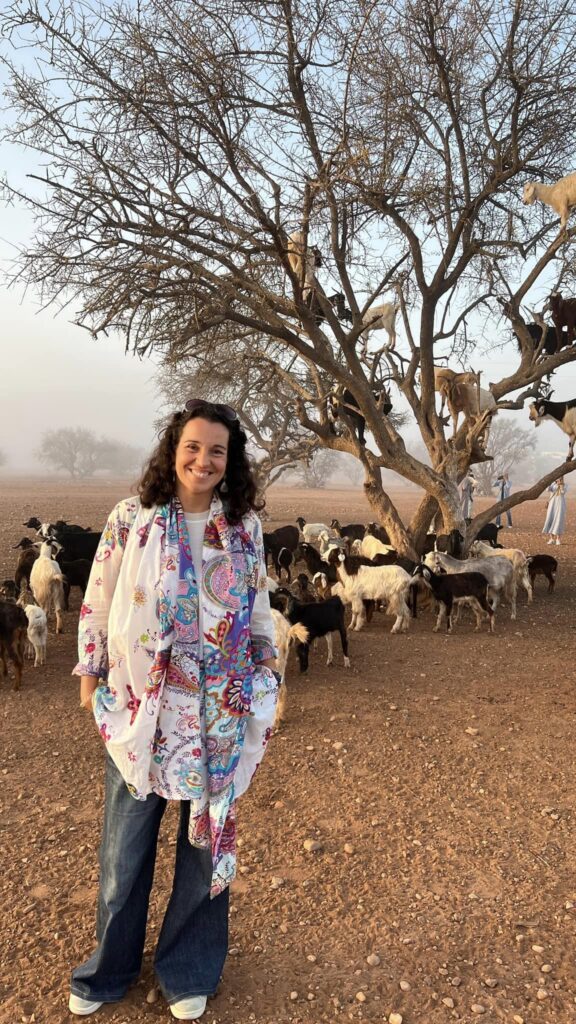
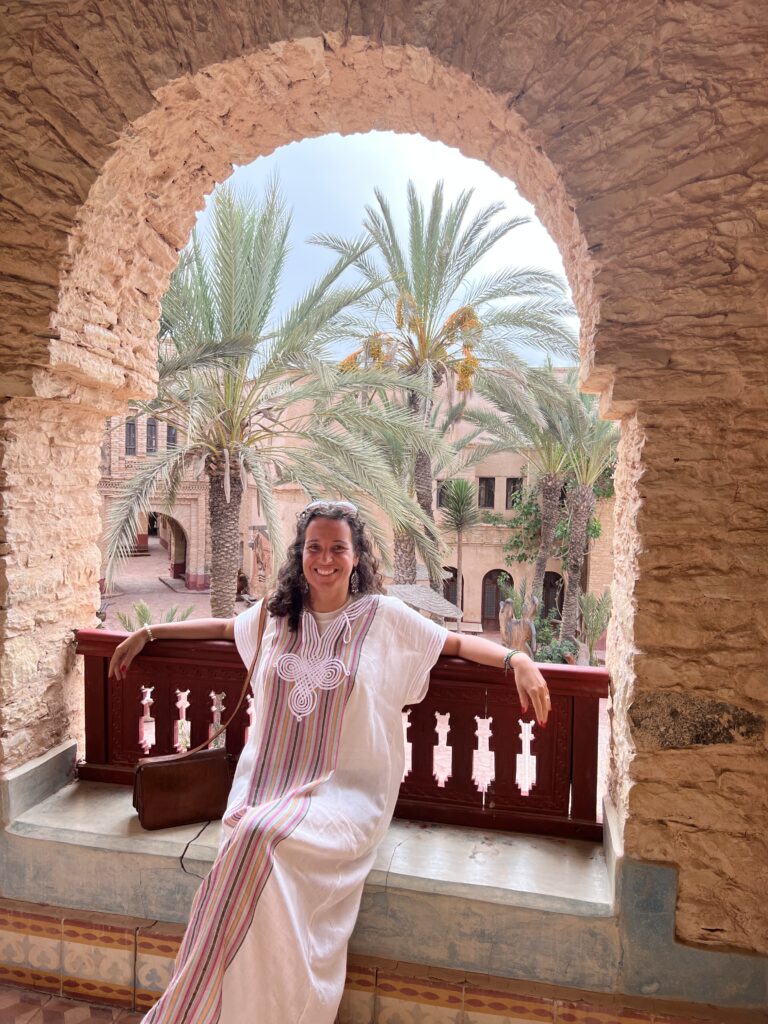
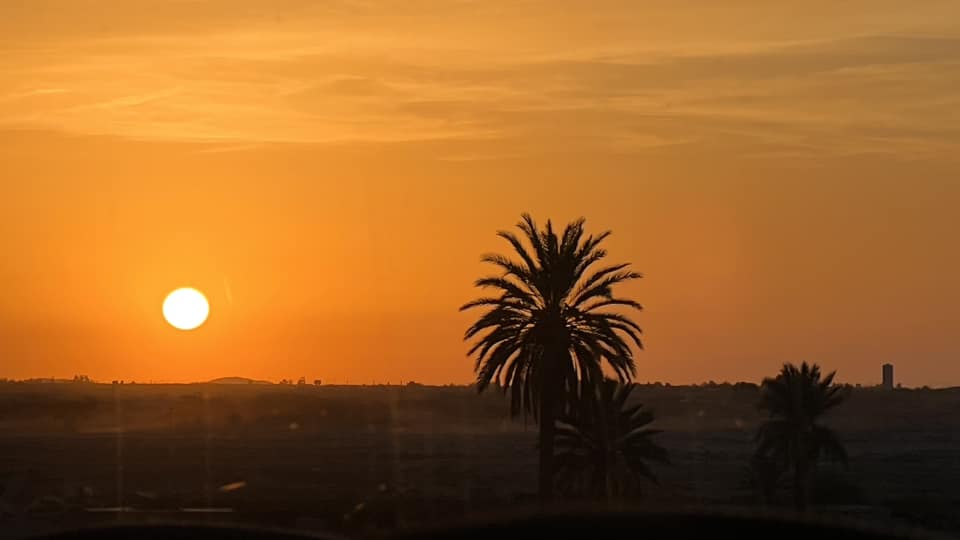
Atlas Mountains
The Atlas Mountains جِبَال ٱلْأَطْلَس, jibāl al-ʾaṭlas /ʒibaːl al atˤlas are a mountain range in the Maghreb. It separates the Mediterranean and Atlantic coastlines from the Sahara Desert. It stretches around 2,500 km (1,600 mi) through Morocco, Algeria and Tunisia. The range’s highest peak is Toubkal, which is in central Morocco, with an elevation of 4,167 metres (13,671 ft). The Atlas mountains are primarily inhabited by Berber populations. The terms for ‘mountain’ are adrar and adras in some Berber languages. These terms are believed to be cognates of the toponymAtlas. The mountains are also home to a number of animals and plants which are mostly found within Africa but some of which can be found in Europe. Many of these species are endangered and a few are already extinct.
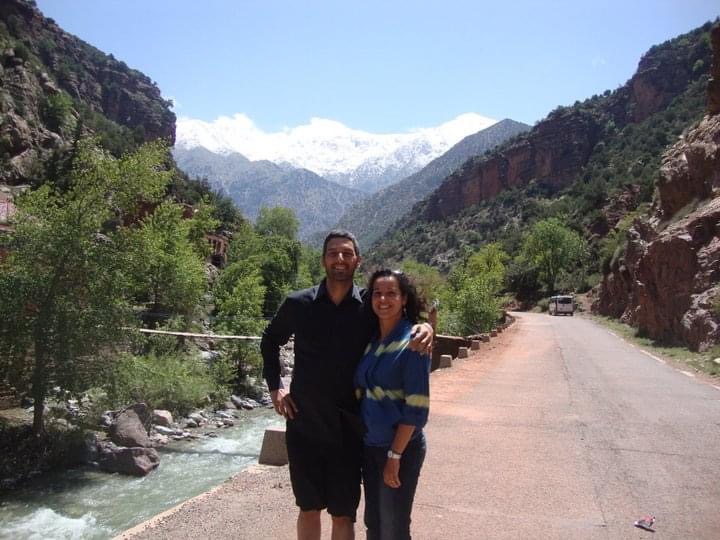

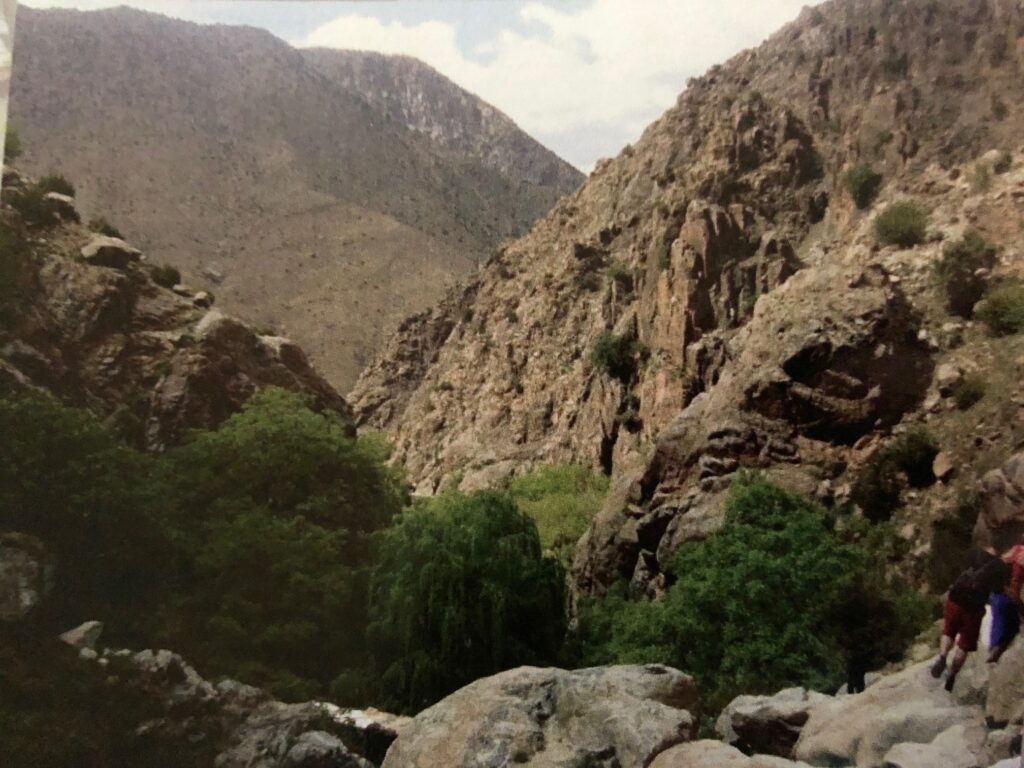
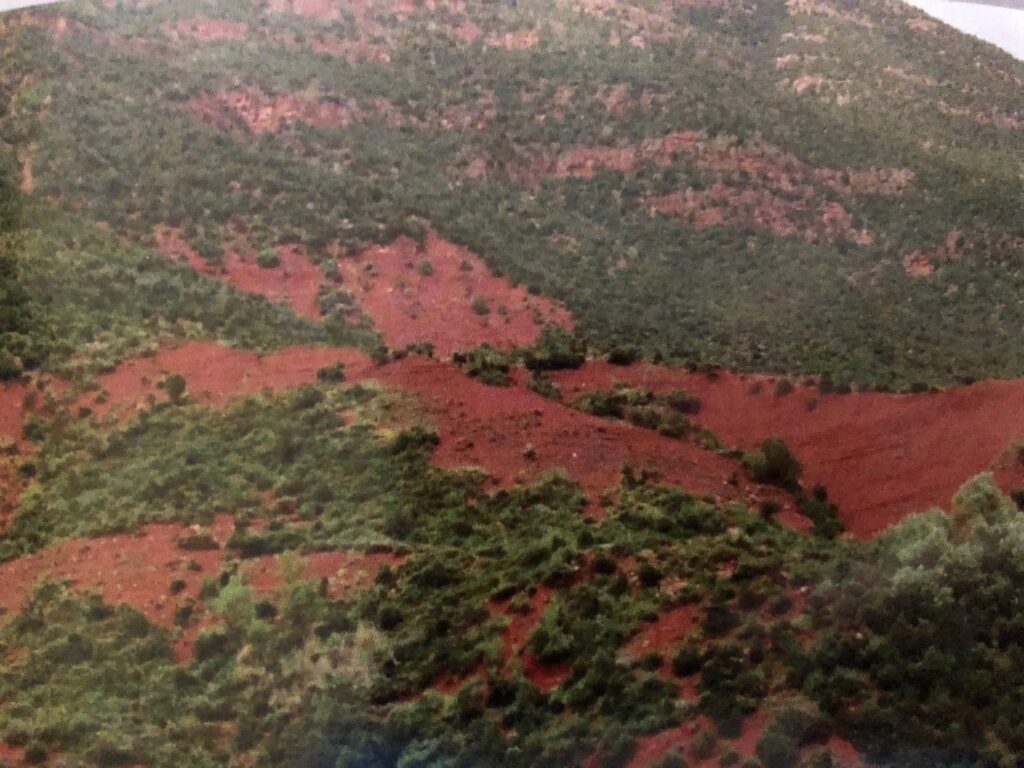
Fez
Fez is a city in northern inland Morocco. Located to the northeast of the Atlas Mountains, Fez is situated at a crossroad connecting the important cities of different regions; 206 km (128 mi) from Tangier to the northwest, 246 km (153 mi) from Casablanca, 189 km (117 mi) from Rabat to the west, and 387 km (240 mi) from Marrakesh to the southwest which leads to the Trans-Saharan trade route. It is surrounded by hills and the old city is centered around the Fez River (Oued Fes) flowing from west to east. Fez was founded under Idrisid rule during the 8th-9th centuries CE. It initially consisted of two autonomous and competing settlements. Successive waves of mainly Arab immigrants from Ifriqiya (Tunisia) and al-Andalus (Spain/Portugal) in the early 9th century gave the nascent city its Arab character. After the downfall of the Idrisid dynasty, other empires came and went until the 11th century when the Almoravid Sultan Yusuf ibn Tashfin united the two settlements into what is today’s Fes el-Bali quarter. Under Almoravid rule, the city gained a reputation for religious scholarship and mercantile activity. Fez reached its zenith in the Marinid era (13th-15th centuries), regaining its status as political capital. Numerous new madrasas and mosques were constructed, many of which survive today, while other structures were restored. These buildings are counted among the hallmarks of Moorish and Moroccan architectural styles. In 1276 the Marinid sultan Abu Yusuf Yaqub also founded the royal administrative district of Fes el-Jdid, where the royal palace is still located today, to which extensive gardens were later added. During this period the Jewish population of the city grew and the Mellah (Jewish quarter) was formed on the south side of this new district. After the overthrow of the Marinid dynasty, Fez largely declined and subsequently competed with Marrakesh for political and cultural influence, but remained as the capital under the Wattasids and in modern times up until 1912.
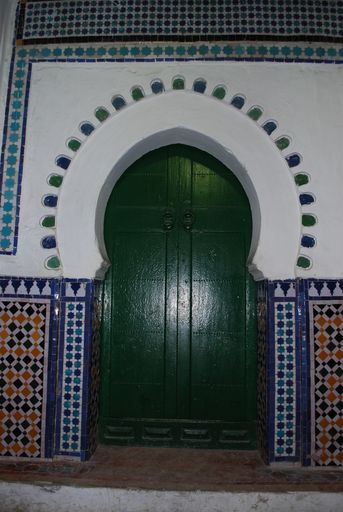
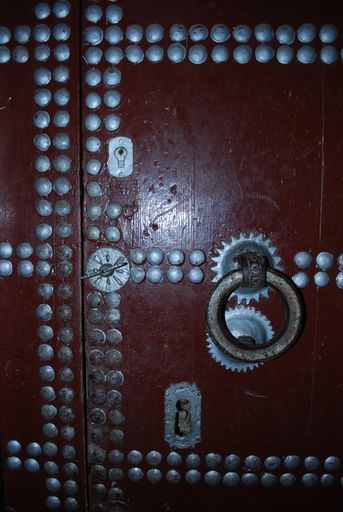
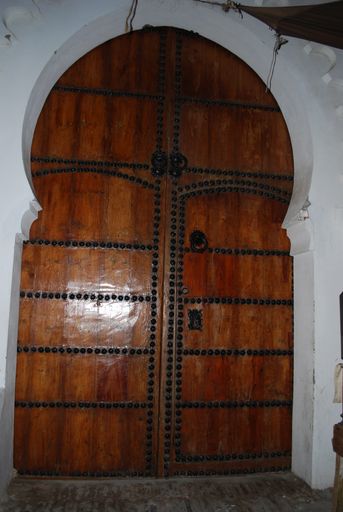
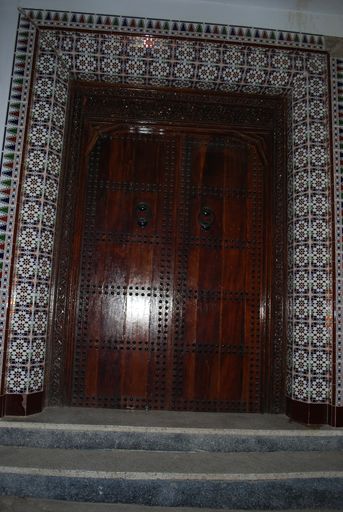
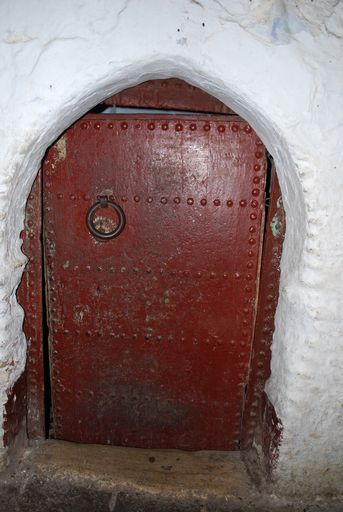
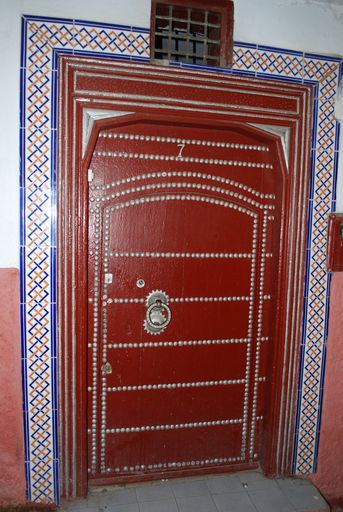
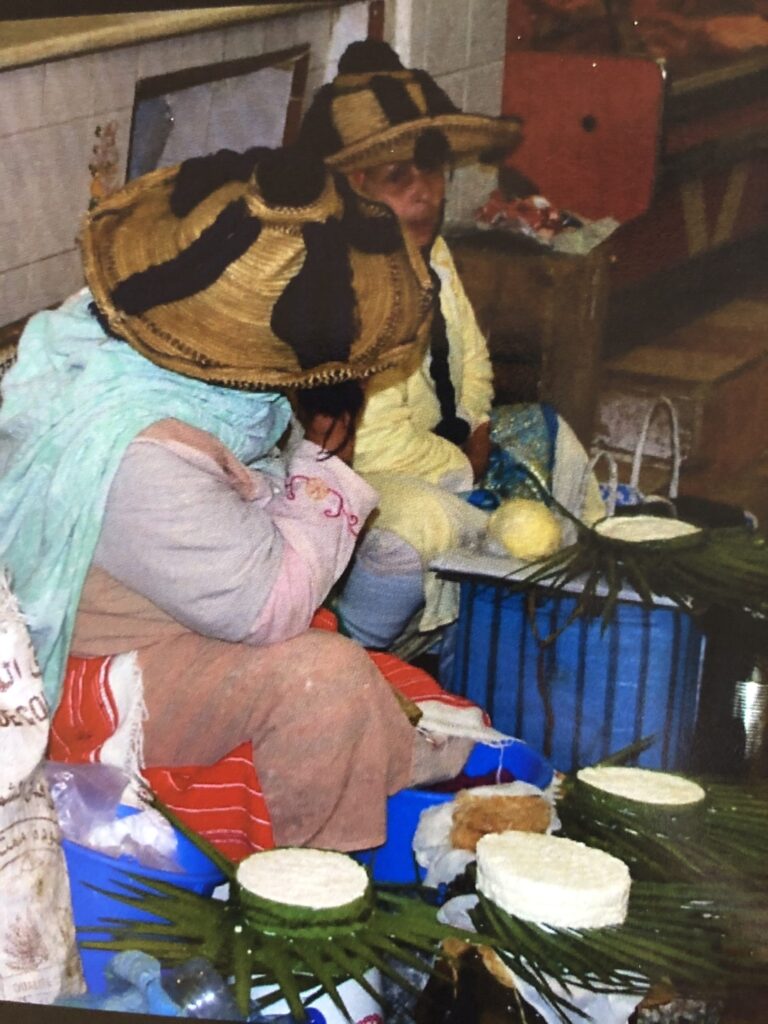
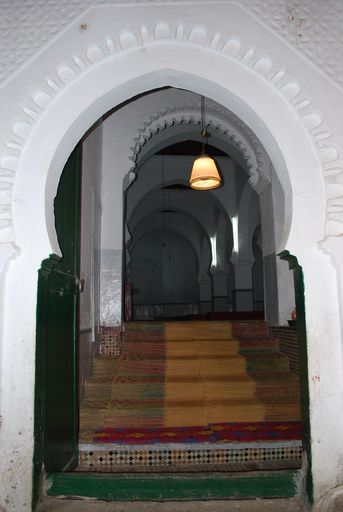


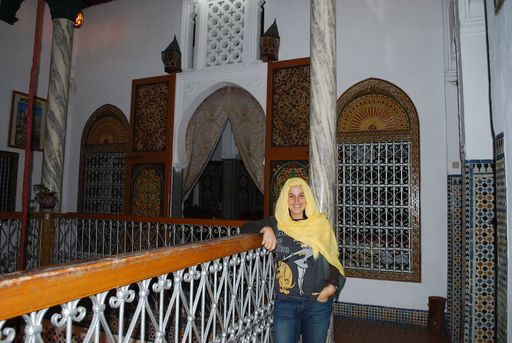
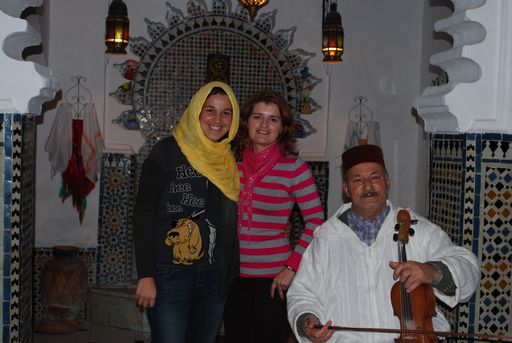
Marrakesh
Marrakesh is the fourth largest city in the Kingdom of Morocco. It is the capital of the mid-southwestern region of Marrakesh-Safi.The region has been inhabited by Berber farmers since Neolithic times. The city was founded in 1070 by Emir Abu Bakr ibn Umar as the imperial capital of the Almoravid Empire. The Almoravids established the first major structures in the city and shaped its layout for centuries to come. The red walls of the city, built by Ali ibn Yusuf in 1122–1123, and various buildings constructed in red sandstone afterwards, have given the city the nickname of the “Red City” (المدينة الحمراء) or “Ochre City” (ville ocre). Marrakesh grew rapidly and established itself as a cultural, religious, and trading center for the Maghreb and sub-Saharan Africa. Jemaa el-Fnaa is the busiest square in Africa. After a period of decline, the city was surpassed by Fez, but in the early 16th century, Marrakesh again became the capital of the kingdom. The city regained its preeminence under wealthy Saadian sultans Abdallah al-Ghalib and Ahmad al-Mansur, who embellished the city with sumptuous palaces such as the El Badi Palace (1578) and restored many ruined monuments. Beginning in the 17th century, the city became popular among Sufi pilgrims for its seven patron saints who are entombed here. In 1912 the French Protectorate in Morocco was established and T’hami El Glaoui became Pasha of Marrakesh and held this position nearly throughout the protectorate until the role was dissolved upon the independence of Morocco and the reestablishment of the monarchy in 1956. In 2009, Marrakesh mayor Fatima Zahra Mansouri became the second woman to be elected mayor in Morocco.
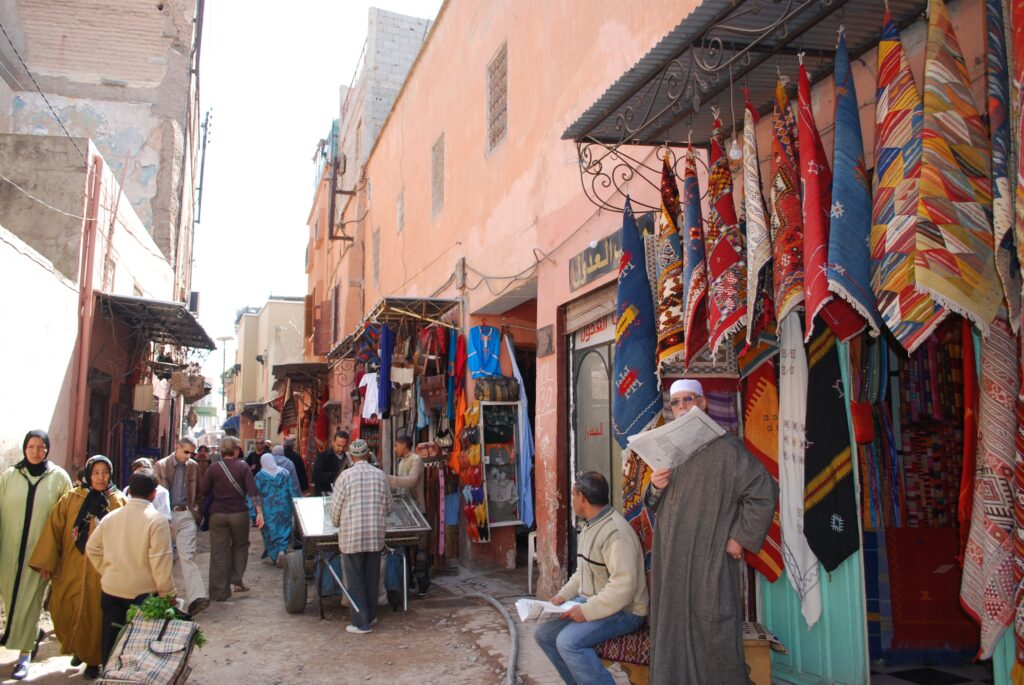

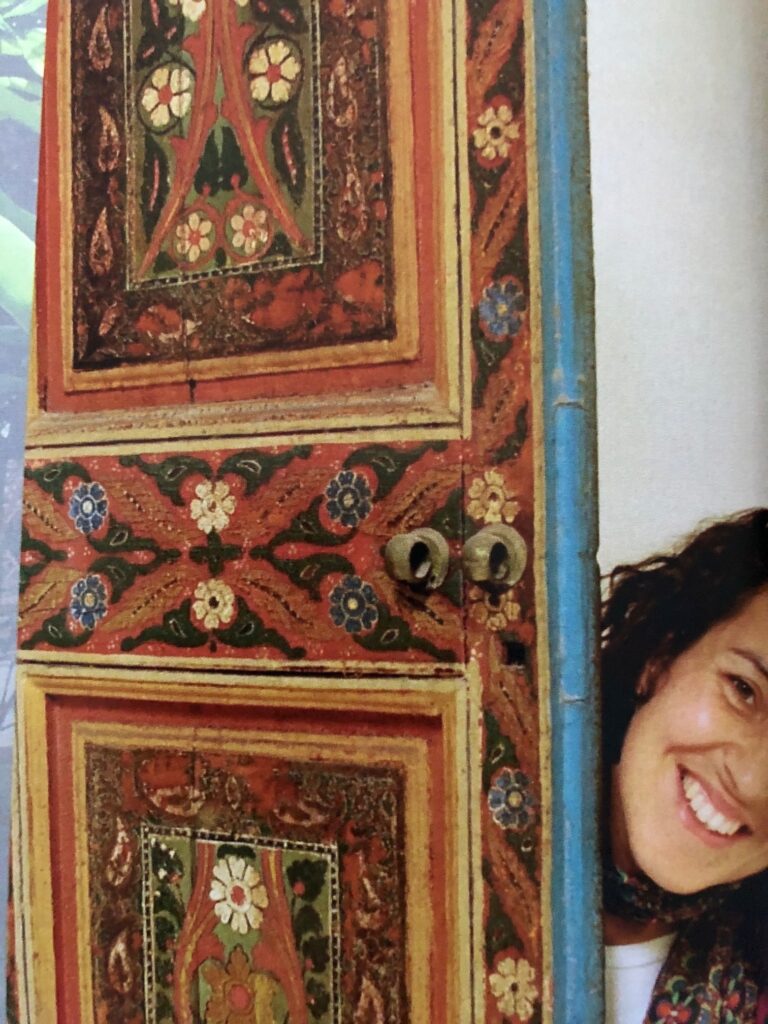
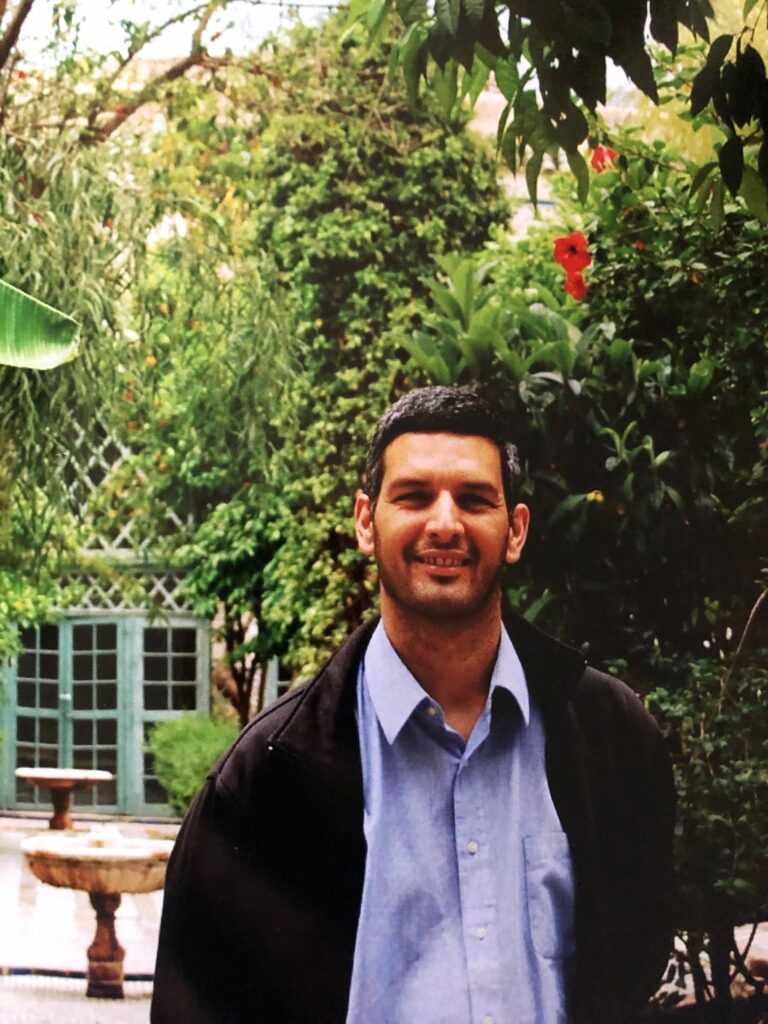
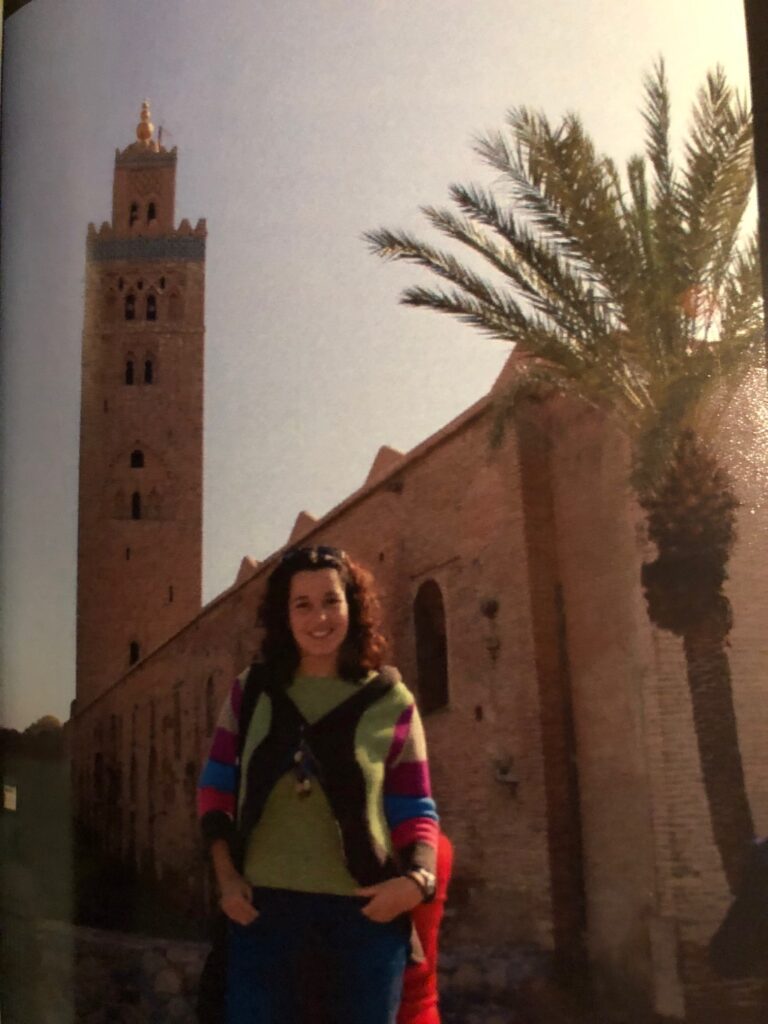

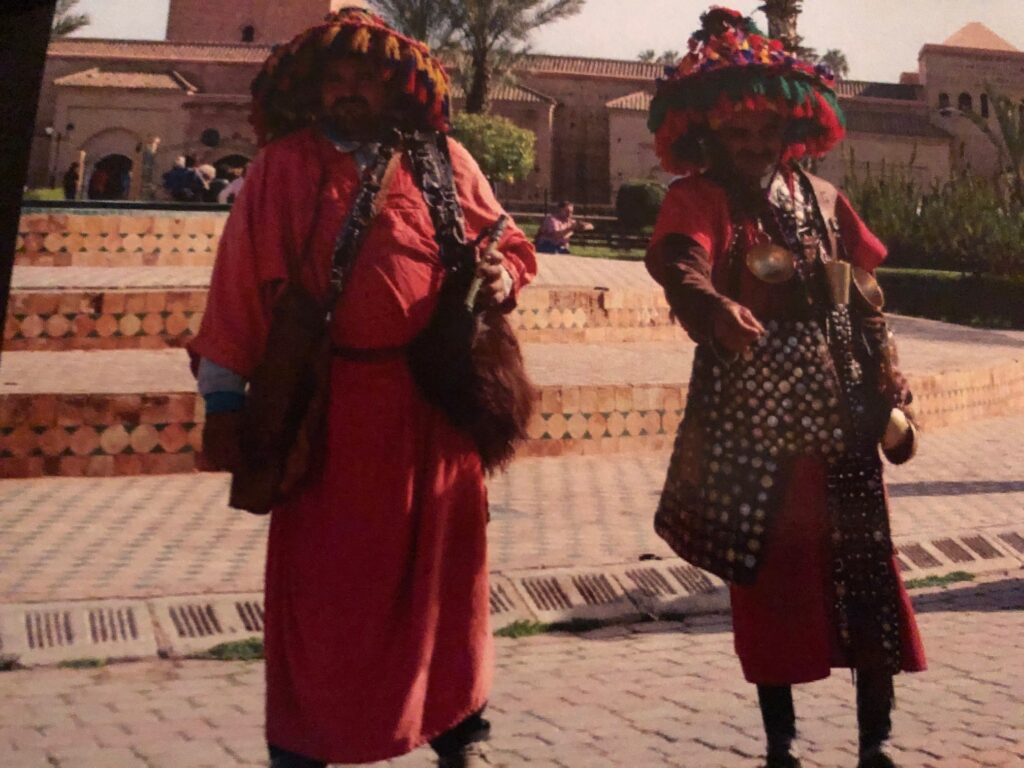
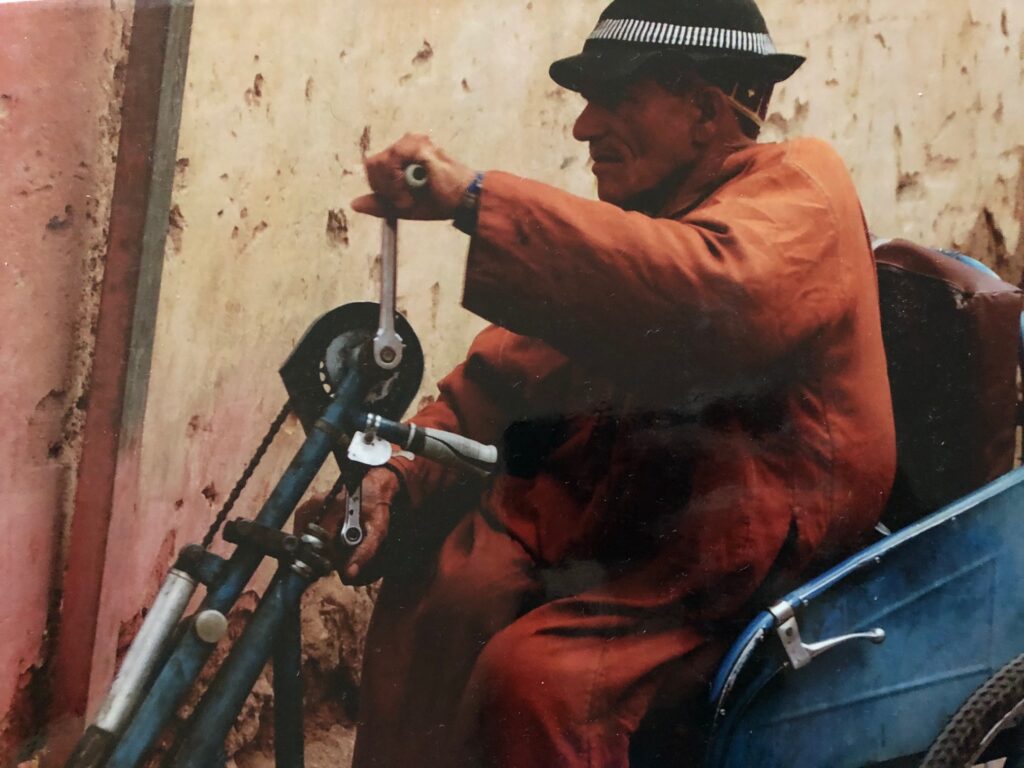
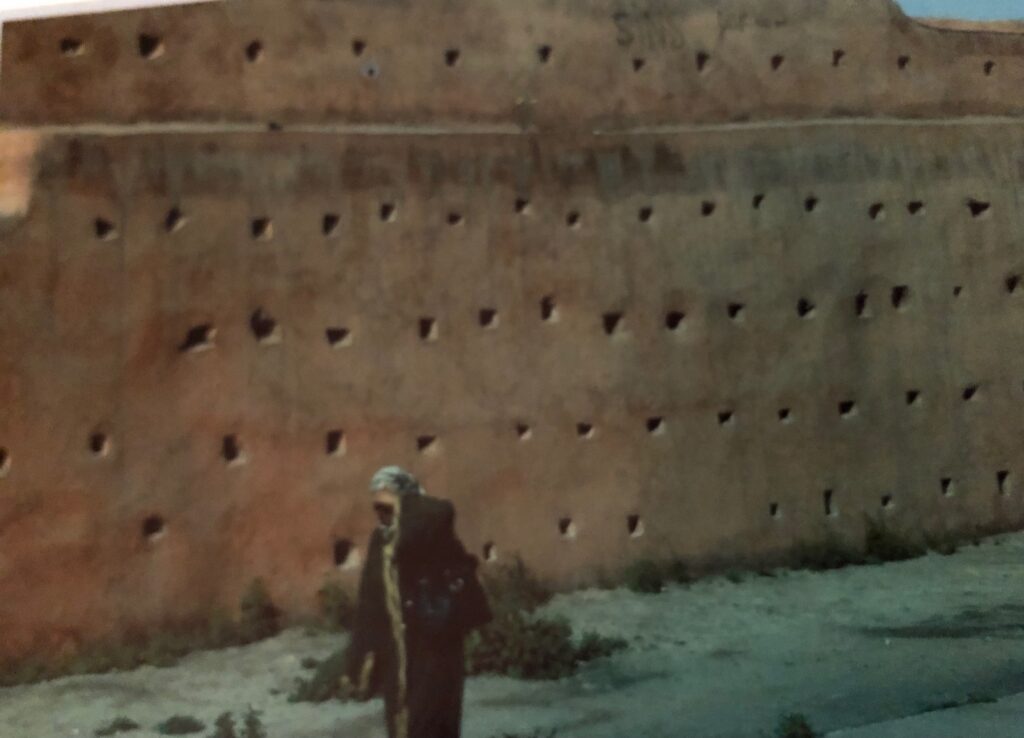
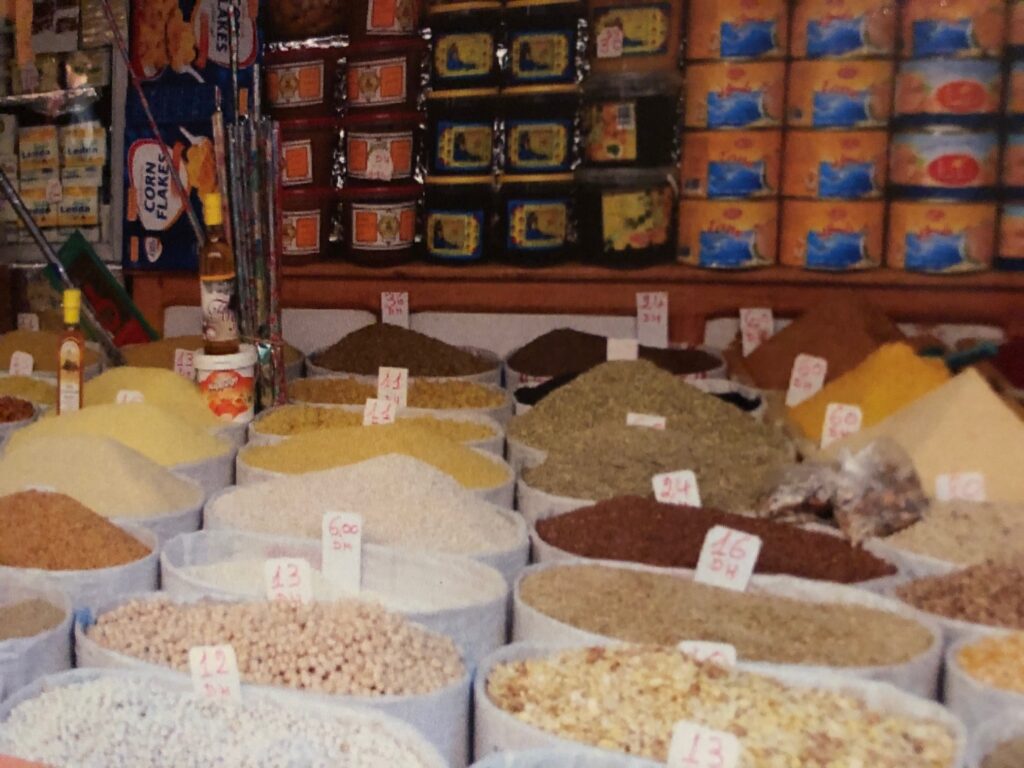
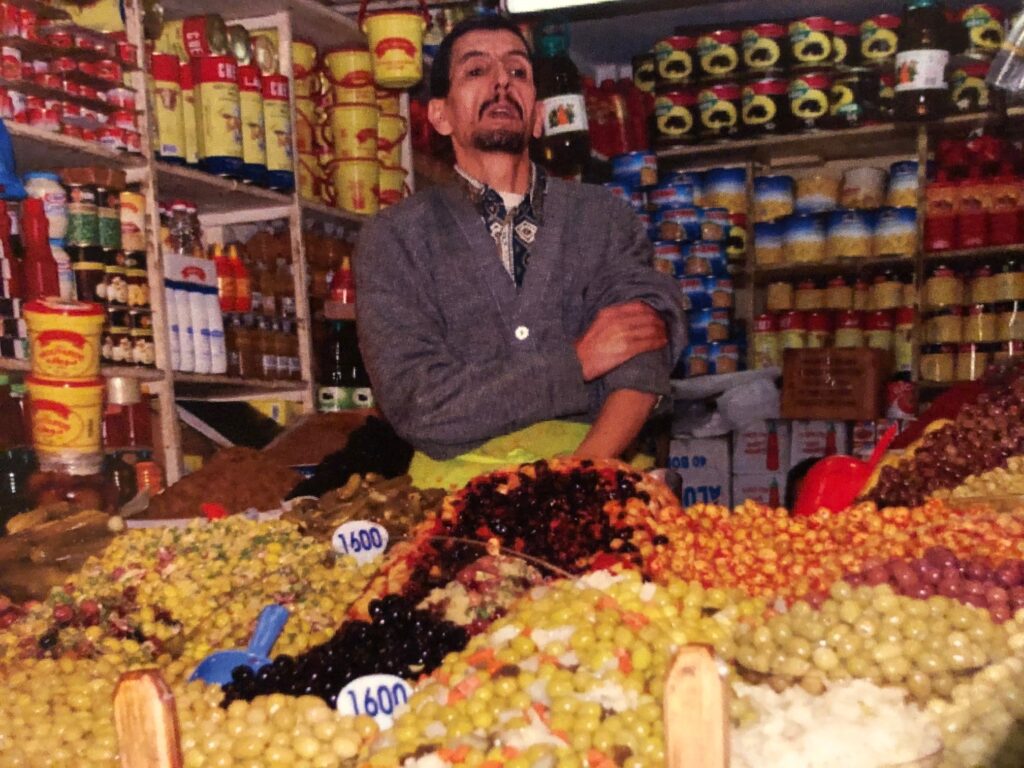
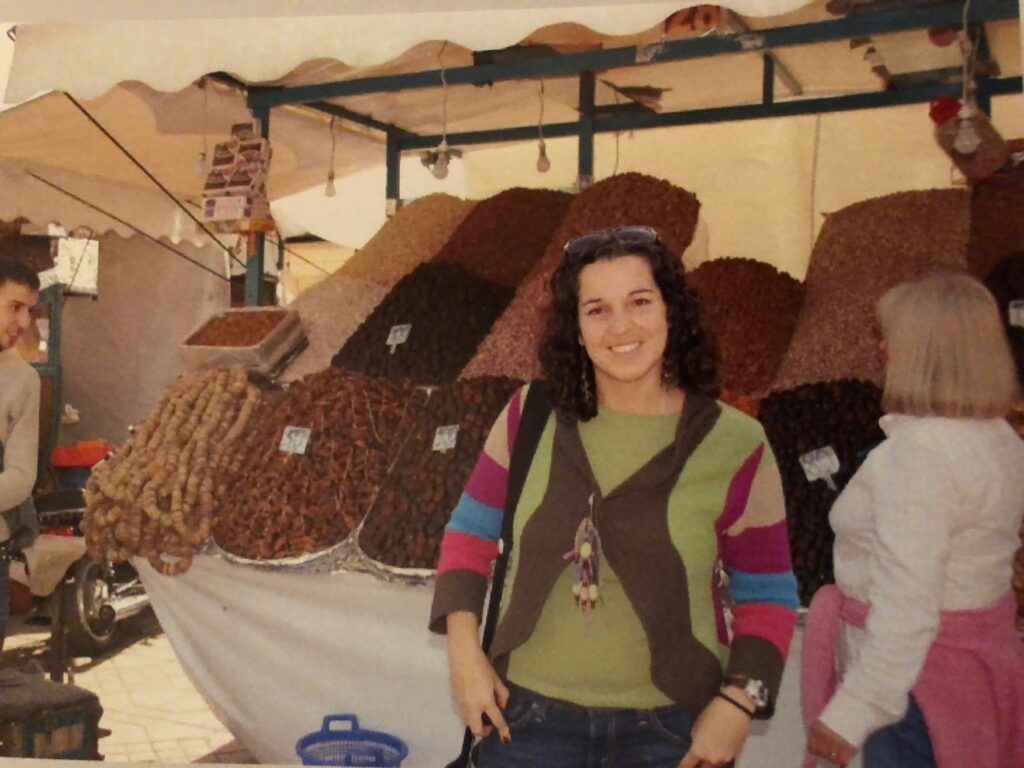
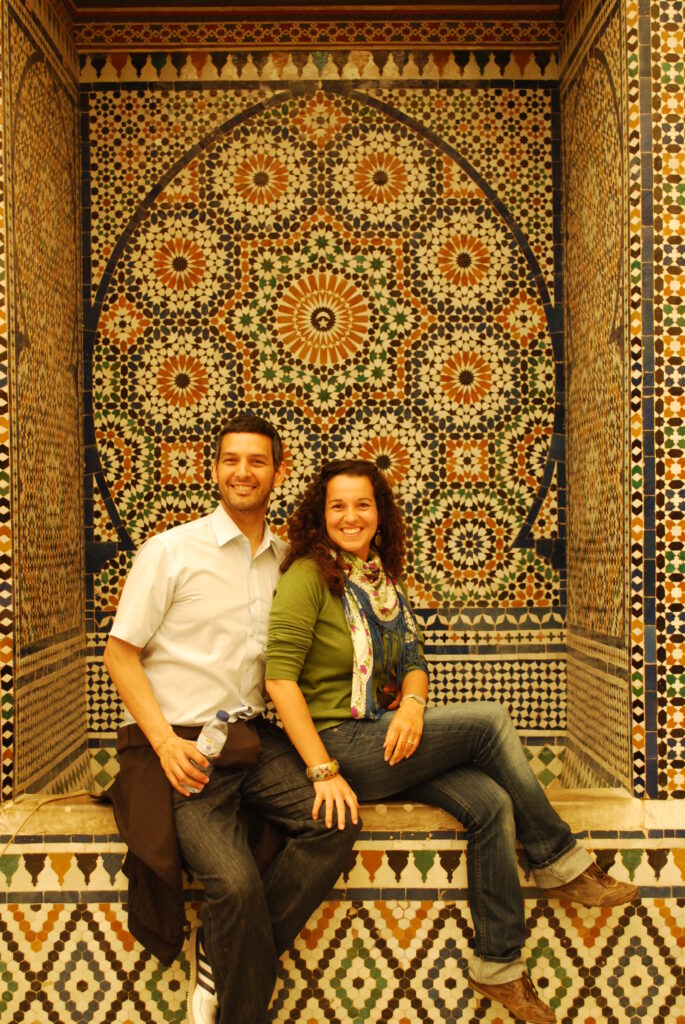
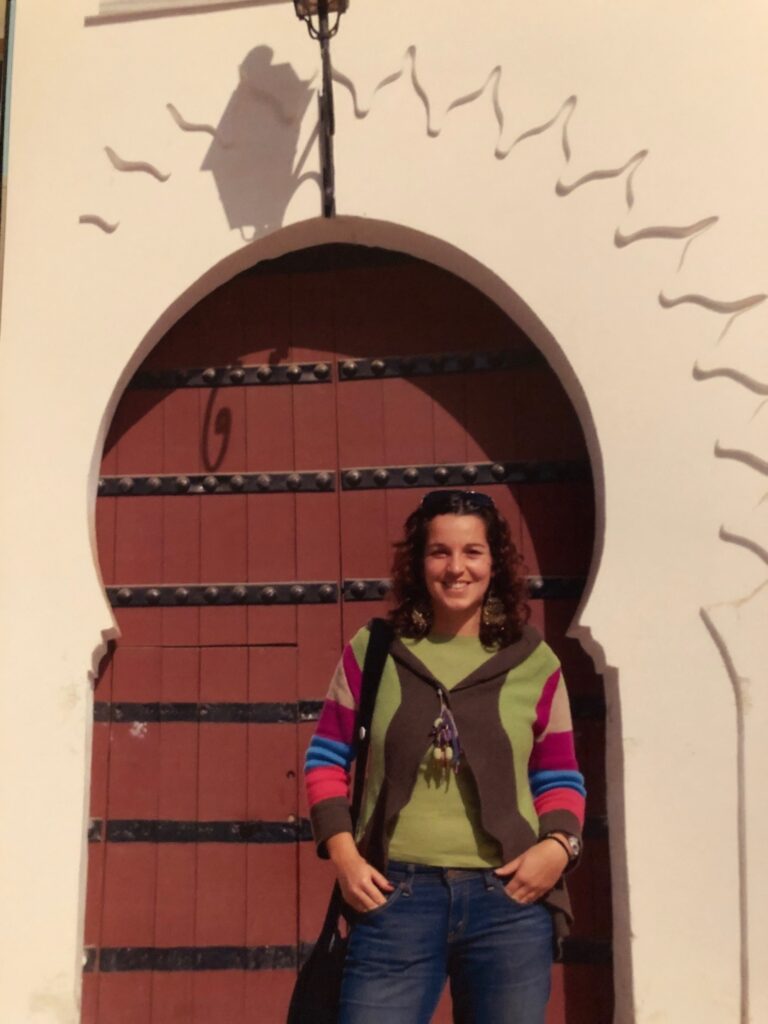
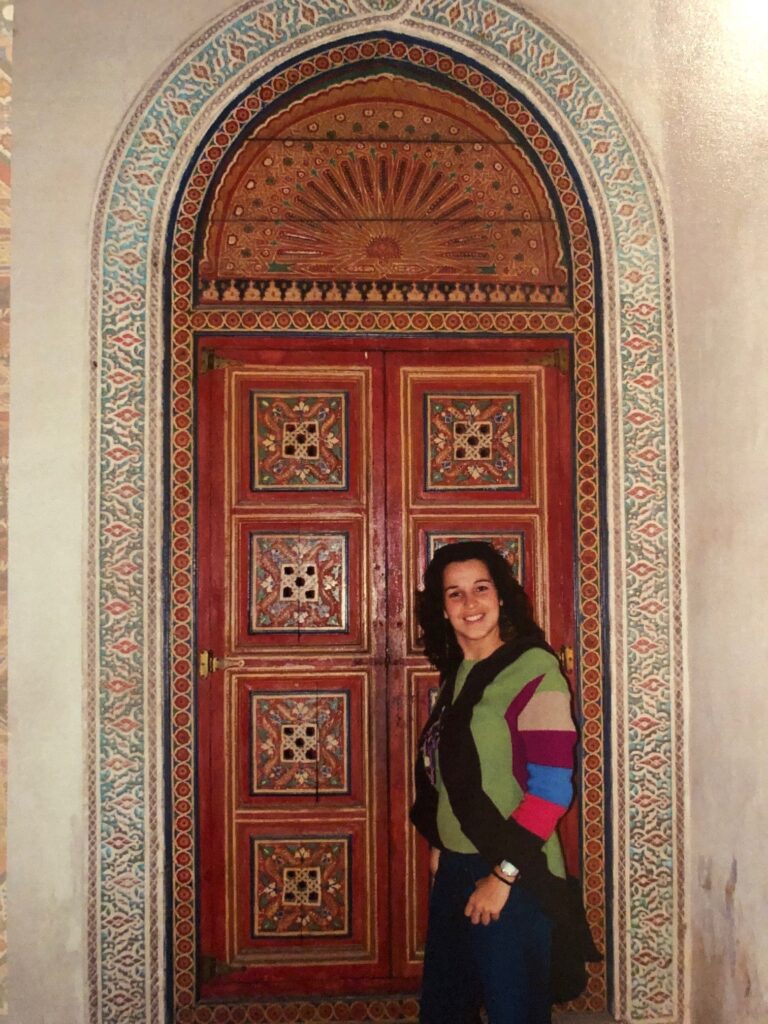
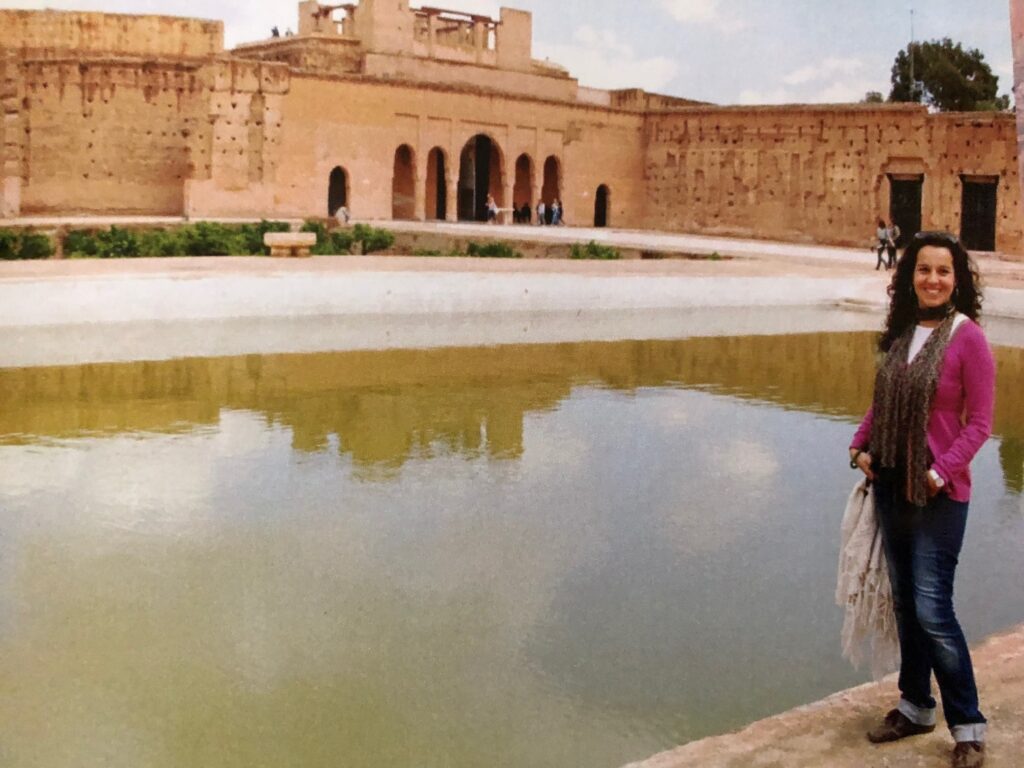
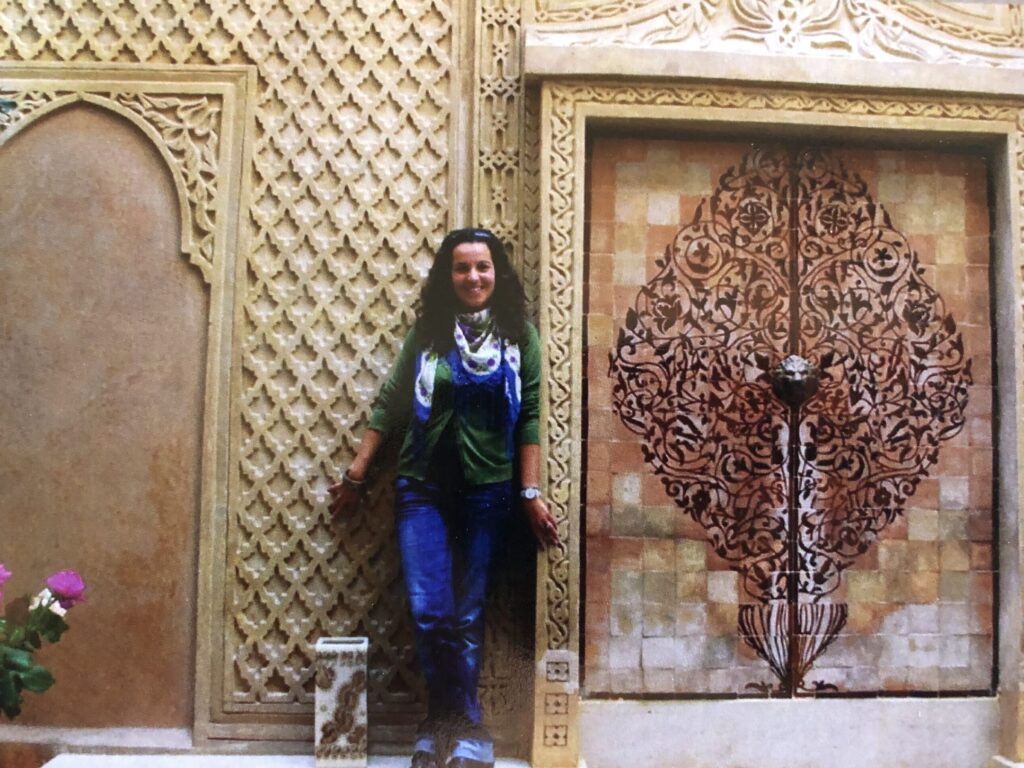
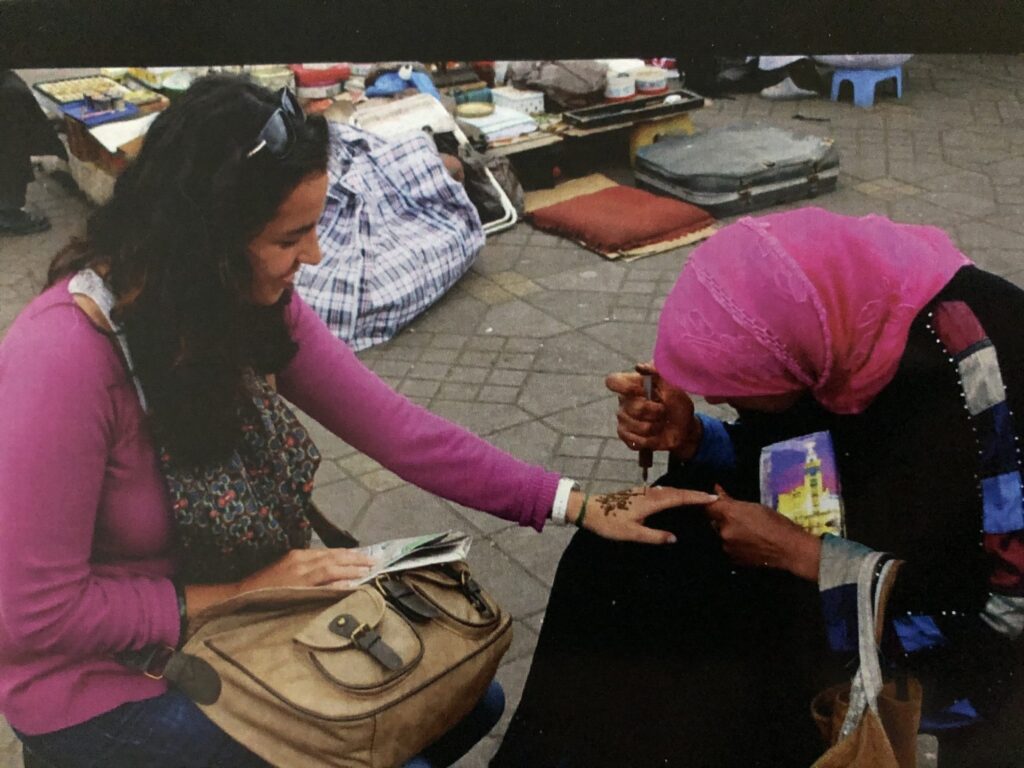

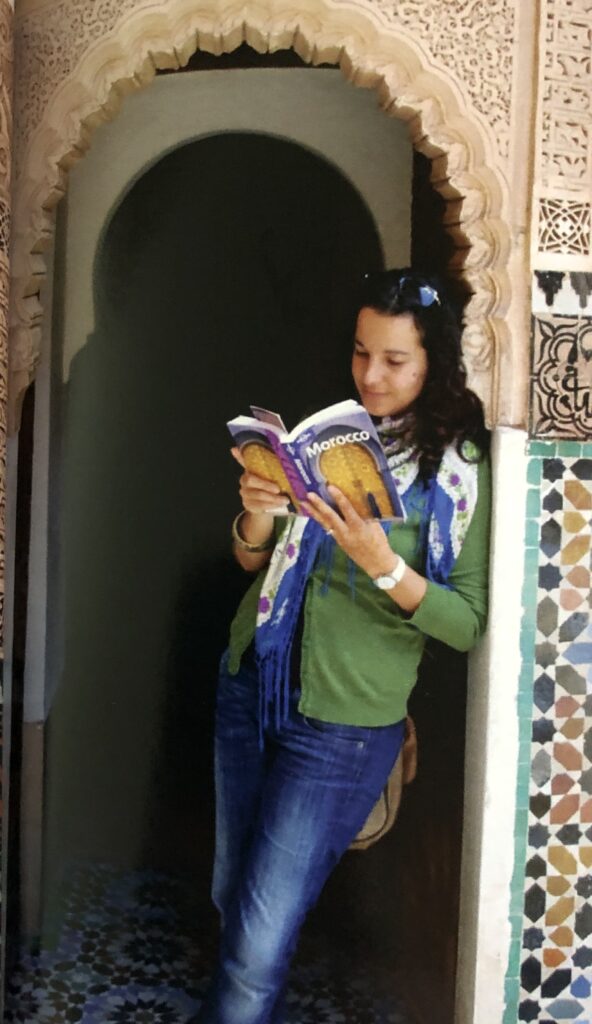
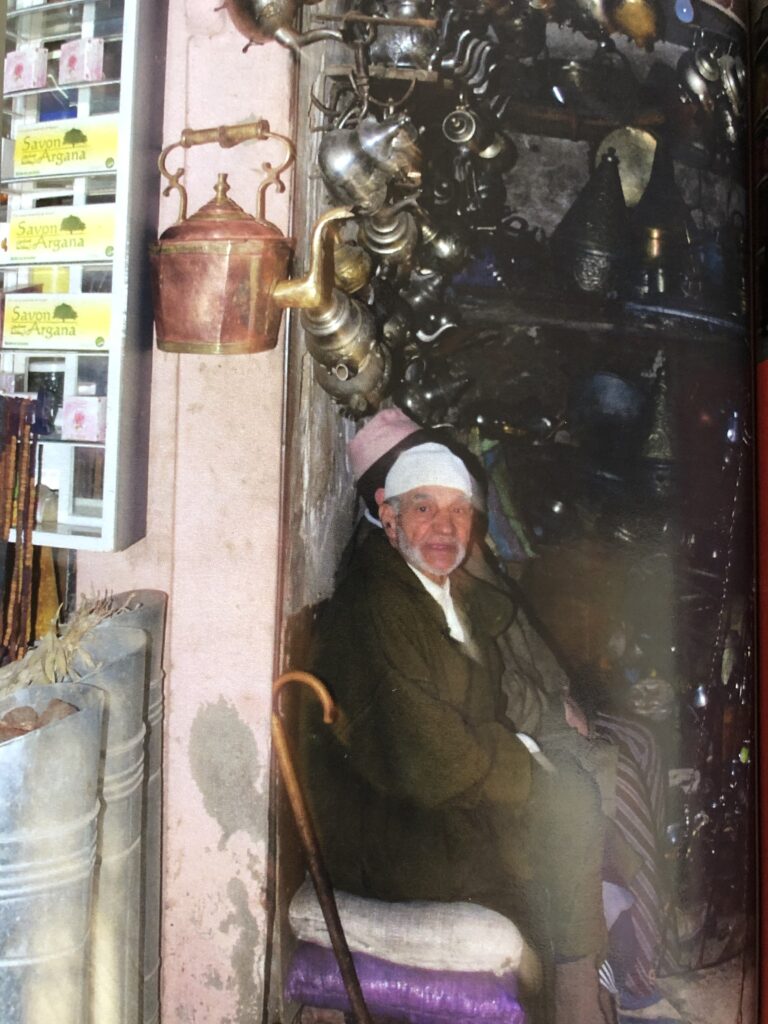
Taghazout
Taghazout (Berber: ⵜⴰⵖⴰⵣⵓⵜ, Taɣazut; Arabic: تاغازوت) is a small fishing village 19 km (12 mi) north of the city of Agadir in southwestern Morocco. The inhabitants are mostly of Berber origin. Fishing, tourism, and the production of Argan oil being the main source of income. In recent years, tourism has been increasing in importance to the local economy and it is a popular surfing destination.
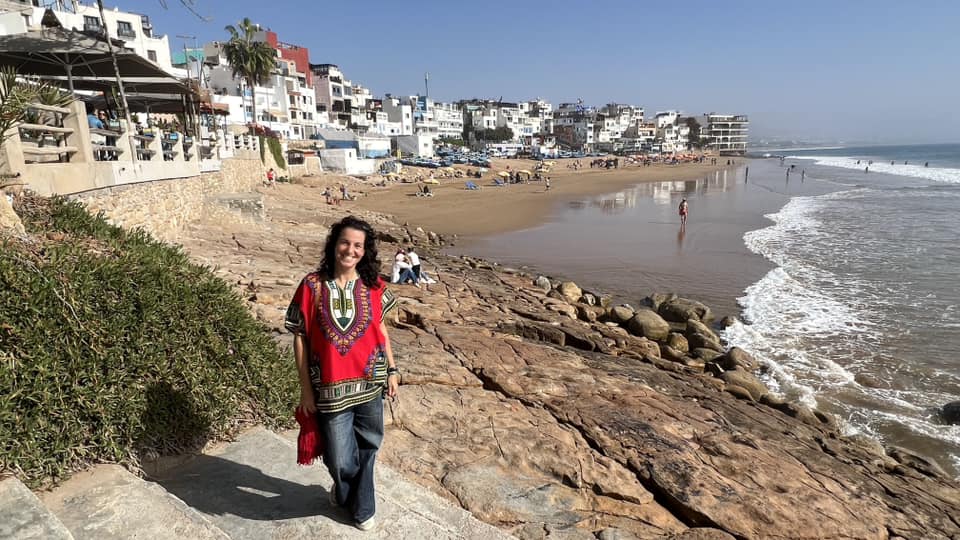

Tangier
Tangier is a city in northwestern Morocco. It is on the Maghreb coast at the western entrance to the Strait of Gibraltar, where the Mediterranean Sea meets the Atlantic Ocean off Cape Spartel. The town is the capital of the Tanger-Tetouan-Al Hoceima region, as well as the Tangier-Assilah prefecture of Morocco. Many civilisations and cultures have influenced the history of Tangier, starting from before the 10th century BCE. Between the period of being a strategic Berber town and then a Phoenician trading centre to the independence era around the 1950s, Tangier was a nexus for many cultures. In 1923, it was considered as having international status by foreign colonial powers and became a destination for many European and American diplomats, spies, writers and businessmen.
